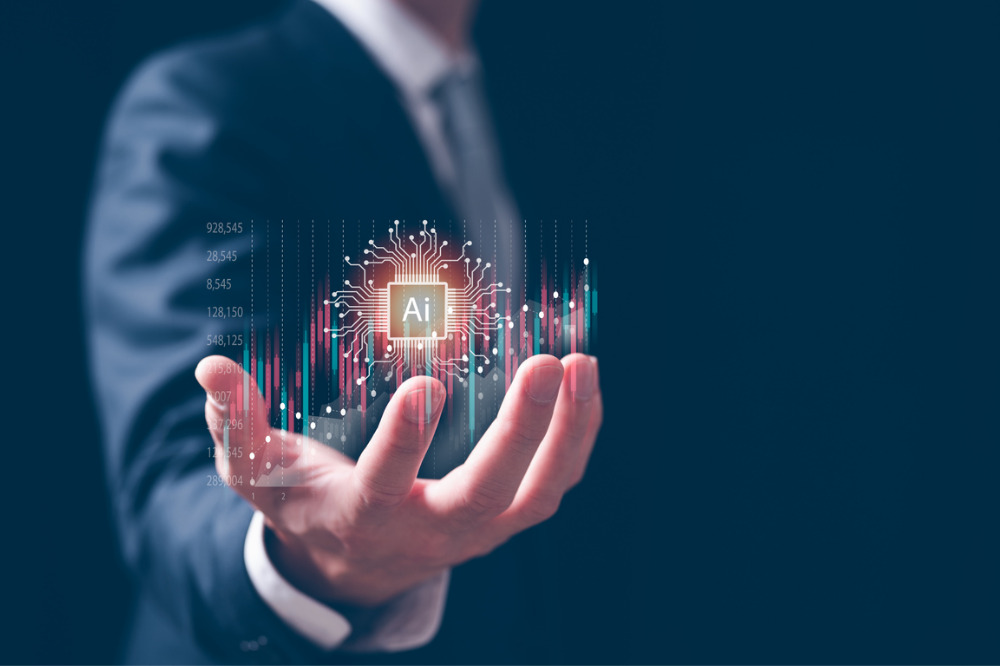
by Alexandra Tomescu
Artificial intelligence (AI) and machine learning have the power to completely transform teaching and learning. But there remain many questions about how these tools can be used safely and effectively to improve the quality of our education.
Like many countries around the world, Australia has seen strong reactions to the generative AI advances in the last year, such as the launch of Chat GPT. From temporarily banning Chat GPT in many states, a national framework for Generative AI is now paving the way for AI to be allowed in all Australian schools from next year.
So, what can Australian educators learn from others around the world who are exploring the same issues in their own schools? At Oxford University Press we asked our global community of teachers: where are we with AI and what happens next?
Our research reveals more than 70% of teachers are optimistic about the role of AI in education, though understandably cautious about how it should be used. One school teacher in Australia told us:
“It needs to be used with caution, like with every other technology. It makes you reassess the point of knowledge acquisition when AI removes the need to be specialized in a particular topic. Perhaps students will need to be taught analytical and critical skills—more so than recalling facts and figures?”
A World Economic Forum survey with industry experts agreed, ranking creative thinking, analytical thinking, and technological literacy as the top three skills that will be fundamental over the next five years.
What’s happening in classrooms today
We know that AI is already being used. 38% of school teachers we surveyed worldwide say they have used AI-based tools in their teaching in the last year, and digital more broadly is already having an impact. Sixty-three percent of respondents said they thought digital resources—including AI-powered technology—have had ‘significant’ or ‘some’ positive impact on educational outcomes for their students.
Speaking to teachers at a recent conference, it was clear how excited they are by the technology — mostly to help with lesson planning and teaching ideas. Yet, many don't see it as reliable enough to be used by students alone, and wonder how its use will influence the teacher-student relationship.
Teachers are experimenting with generative AI tools and finding them helpful, but limited. For example, we spoke to a college Vice-Principal in Hong Kong who said:
“On a scale of 1 to 10, I would give ChatGPT a score of 6: AI has provided a good start for us, but we need to rely on ourselves to reach full marks.”
Looking to the future
At OUP we firmly believe that education should drive technology, not the other way around.
Our report recommends that teachers should be supported, not substituted, to use AI beneficially and to empower them to use the highest quality resources, including digital technologies.
Teachers should remember that, despite advances in technology, they should always be clear about learning goals first, and only then consider the role technology can play. Teachers can help learners by ensuring resources are of high quality, prioritize genuine topic understanding by avoiding bypassing critical processes such as experimentation and research, and ensure the right sequence of learning to help children succeed.
The possibilities opened up by advances in technology are almost limitless. Now, we need to make sure we are harnessing this potential in the best possible way, for the benefit of everyone.
Alexandra Tomescu is a product specialist in Generative AI and Machine Learning at Oxford University Press, working on enabling teachers to make the most of AI in the classroom.


